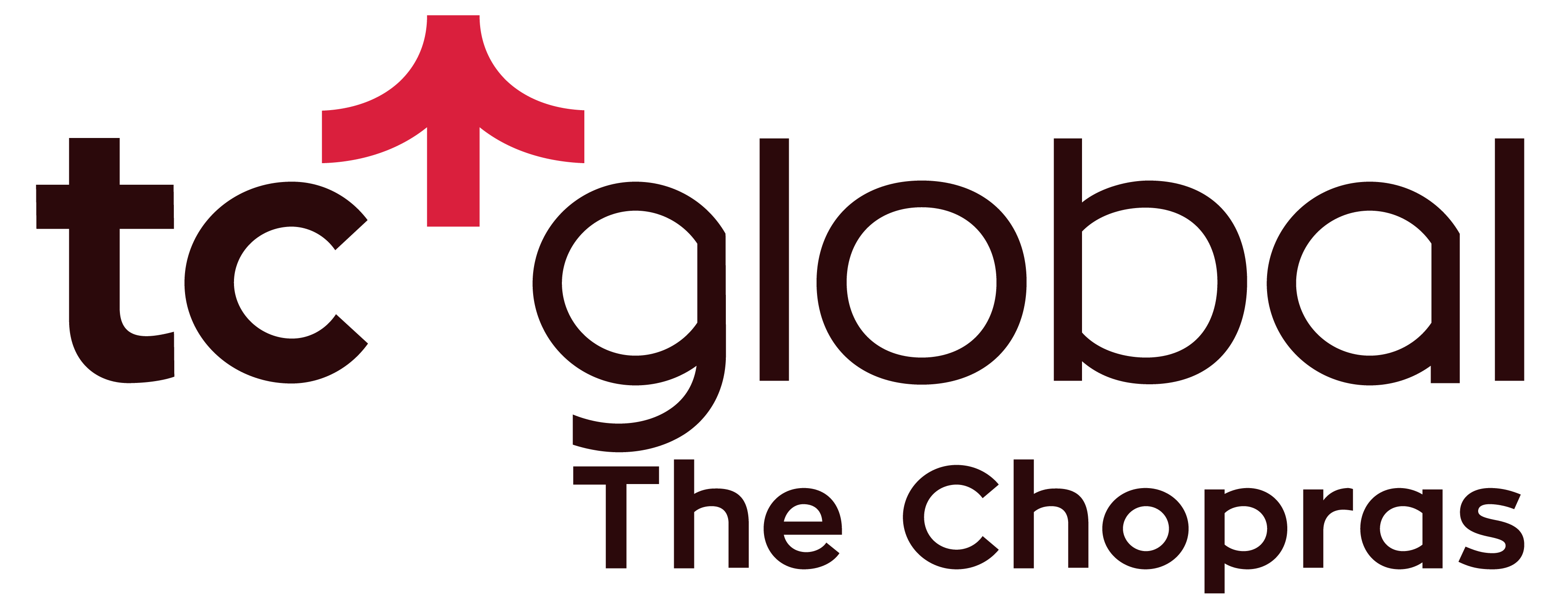The workplace culture has seen a seismic shift since the COVID-19 pandemic began. Two years after the world adapted to developing, ever-changing ‘new normal’ environments, workplaces are trying to make this adjustment and transition smoother. And when things change this radically, HR professionals are the ones who carve out trends from these changing times to make strategic talent management decisions that benefit recruitment, engagement, and retention. The pandemic forced HRM in organizations to quickly manage a remote workforce. This gave rise to new ideas that have manifested into workplace trends for 2022.
HR trends for 2022 during pandemic
Recruitment is a case in point. It has evolved to adjust to the new normal with
virtual recruitment processes becoming the common way to bring talent on board. Also, virtual job fairs, platforms such as Indeed and LinkedIn saw companies creating innovative ways to hire talent, which was both cost and time-effective. And this, in turn, led to a rise in integrating artificial intelligence and disruptive HR technology which had been in the coming before the pandemic but became indispensable thereafter.
What are the latest HR trends and practices? Almost every company has embraced artificial intelligence in HRM, using remote software tools for recruiting, onboarding, or conducting performance evaluations. This considerably bridged the gap in long-term hybrid workplaces, where digital environments are fostered across multiple online platforms to connect employees, so they work together from anywhere. Newer issues like cybersecurity and tax laws (with respect to remote working) are cropping up, however, state legislatures are in place to protect both employers and employees.
Organizations are prioritizing employee experience, considering the record rates at which people are resigning and switching jobs, while turnover remains high (read this piece on the Great Resignation) to see why people are leaving their jobs). There’s a high chance that people continue to feel isolated without in-person engagement with their colleagues. It is up to the HRM to create environments where collaboration is as effective as it is on-site. Daily interaction with the team and maintaining a regular chain of feedback might curtail the dissociation. To retain top performers, it falls to the HRM to employ soft skills such as emotional intelligence, team management, or even total rewards strategies encouraging retention. Big data, machine learning, and automation are providing innovative solutions to HR challenges. Internal mobility, better benefits which include mental health support, provisions to continue working from home, supporting financial wellness, paid time off for bereavement during the pandemic, paid time off to process Covid-fatigue are impetuses that attract employees.
What are the newest HR trends for 2022?
The HR Sentiment Survey conducted by Lyra Health, Boston University, and Future Workplace notes that the first HR priority is employee well-being. According to the Future of the Industry Report 2021, 87% of employees want their employer to care about their mental health and 80% of workers would stay at a company that provides high-quality mental health resources. Mental health is important, and this is followed by the need for a diverse, inclusive workspace, making the case for DE&I (diversity, equity, and inclusion) stronger. HRM will have to ride these transformation waves and create organizational designs that drive cross-functional teams which allow for collaboration and diversity of thought.
The pandemic isn’t over yet. Taking this reality into account, HRM will likely continue to prioritize a healthy balance between work and life. This can only be achieved through adapting to changing circumstances and using available technological and AI resources that solve newer challenges regarding teamwork and engagement.













